中国并购行为差异性及影响因素研究—基于空间函数型数据分析
摘要公司并购行为是资本市场的热门话题,并购是当代企业急剧膨胀和整合的最重要手段,是资本市场资源配置和优化的主要方式,也是促进资本市场成长的坚实力量。学术界对此也进行了大量的理论和实证研究,大部分的研究将并购数据当成时间序列或截面数据,关注宏微观因素对并购双方企业绩效的影响。忽略了并购数据的特殊性,缺乏对中国各个地区和行业并购行为差异性、动态演变路径及其影响因素的研究。并购行为差异性及其影响因素的分析面临着巨大的挑战,因为并购数据有如下特点:(1)它是时间序列数据和截面数据的综合体,也就是所谓的面板数据;(2)并购事件和影响并购行为因素指标分布不均匀,即数据不等时间间隔;(3)并购影响因素指标数...
相关推荐
-
上海市回民中学2022-2023学年(五四学制)六年级上学期期中语文试题(原卷版)VIP免费
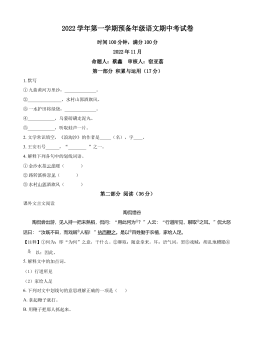
 2024-09-24 9
2024-09-24 9 -
上海市回民中学2022-2023学年(五四学制)六年级上学期期中语文试题(解析版)VIP免费

 2024-09-24 8
2024-09-24 8 -
上海市黄浦区2022-2023学年(五四学制)六年级上学期期中语文试题(原卷版)VIP免费

 2024-09-24 7
2024-09-24 7 -
上海市黄浦区2022-2023学年(五四学制)六年级上学期期中语文试题(解析版)VIP免费
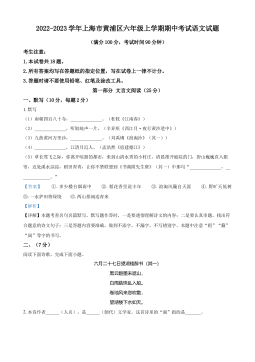
 2024-09-24 7
2024-09-24 7 -
上海市长宁区2020-2021学年六年级上学期期末语文试题(原卷版)VIP免费
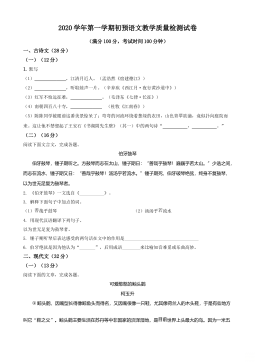
 2024-09-30 8
2024-09-30 8 -
上海市长宁区2020-2021学年六年级上学期期末语文试题(解析版)VIP免费
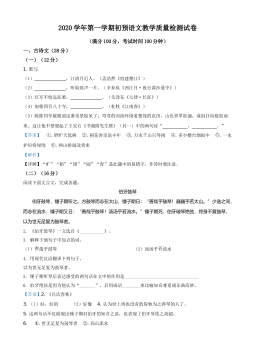
 2024-09-30 9
2024-09-30 9 -
上海市杨浦区2020-2021学年六年级上学期期末语文试题(原卷版)VIP免费
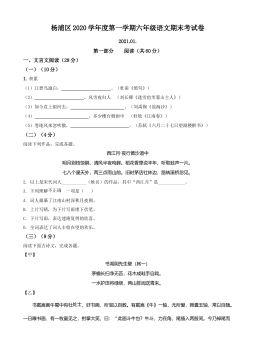
 2024-09-30 7
2024-09-30 7 -
上海市杨浦区2020-2021学年六年级上学期期末语文试题(解析版)VIP免费
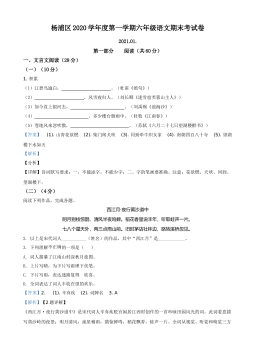
 2024-09-30 10
2024-09-30 10 -
上海市徐汇中学2020-2021学年六年级(五四学制)上学期12月月考语文试题(原卷版)VIP免费
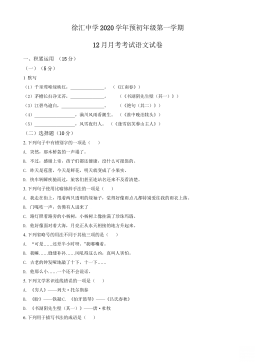
 2024-09-30 7
2024-09-30 7 -
上海市徐汇中学2020-2021学年六年级(五四学制)上学期12月月考语文试题(解析版)VIP免费
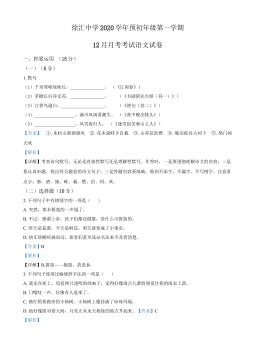
 2024-09-30 8
2024-09-30 8
相关内容
-
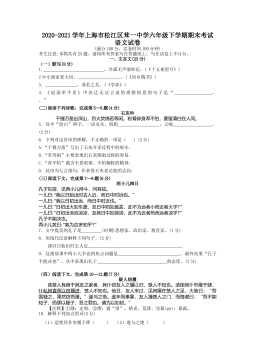
上海市松江区2020-2021学年六年级下学期期末考试语文试卷
分类:中小学教育资料
时间:2024-09-30
标签:无
格式:DOCX
价格:5 积分
-
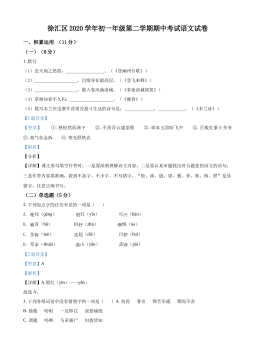
上海市徐汇区2019-2020学年六年级(五四学制)下学期期中语文试题(解析版)
分类:中小学教育资料
时间:2024-09-30
标签:无
格式:DOCX
价格:5 积分
-
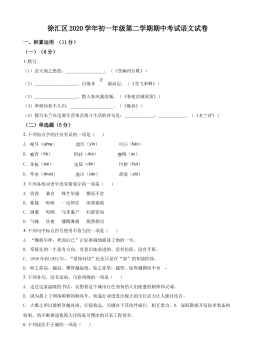
上海市徐汇区2019-2020学年六年级(五四学制)下学期期中语文试题(原卷版)
分类:中小学教育资料
时间:2024-09-30
标签:无
格式:DOCX
价格:5 积分
-
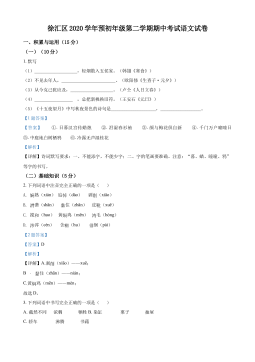
上海市徐汇区2020-2021学年(五四学制)六年级下学期期中语文试题(解析版)
分类:中小学教育资料
时间:2024-09-30
标签:无
格式:DOCX
价格:5 积分
-
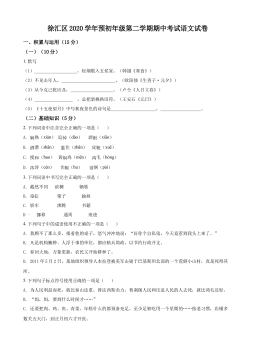
上海市徐汇区2020-2021学年(五四学制)六年级下学期期中语文试题(原卷版)
分类:中小学教育资料
时间:2024-09-30
标签:无
格式:DOCX
价格:5 积分






